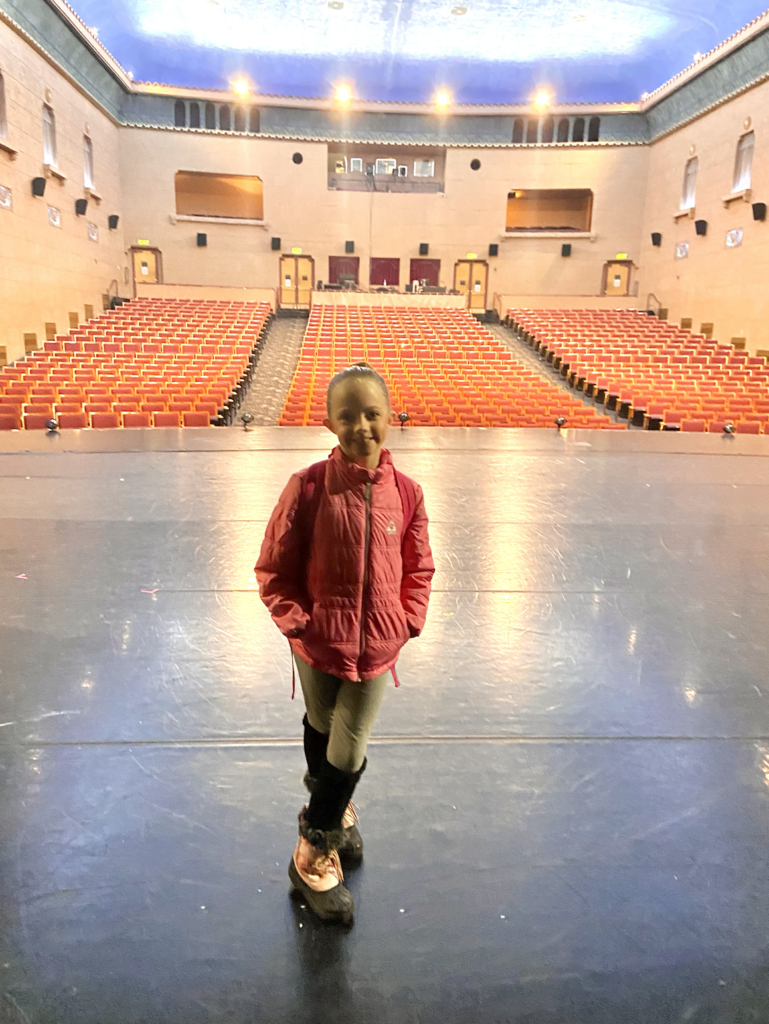
How to Teach Music to Young Children
People often ask me when they should start their child in piano lessons. My answer: as soon as possible! It is never too early to start exposing your child to the world of music. Now, I am not saying a 3-year-old should be in private lessons. No toddler or even preschooler should be expected to sit on a bench for 30 minutes, listen to explanations, memorize terms, and follow complex directions. Not if you want that child to actually enjoy music and come back again next week! Here are a few ideas for teaching these young beginners.
Strategies for Teaching Music to Young Children:
- Teach in groups: Children learn best in a group environment where they can explore, learn from their peers, and feel completely at ease. This is not to say that some children won’t be shy and take some time to warm up to the group situation. Be patient with these students, and let parents know that they are learning by observing, and there should be no pressure for them to perform.
- Involve parents in the class: Children learn by watching not only their peers, but their parents. If parents participate in class activities, their children will (this obviously doesn’t apply to older kids and teens, but works great with toddlers).
- Include lots of movement: Not only do kids not sit still well, but they also need to feel the rhythm and the music in their bodies. They are hands-on learners, and need to be completely immersed in the music. March to the beat, tap your knees, do actions that match the words, and allow free movement with scarves or rhythm instruments.
- Keep up the pace: Move quickly from one activity to the next, without pausing to look at your lesson plans too long, and without too much explanation.
- Use repetition: All learning occurs through repetition. Don’t rush through activities so quickly that kids start to feel lost. They do have short attention spans, but that doesn’t mean they won’t enjoy singing their favorite song three times instead of once. Repeat activities in each class, and from week to week.
- Layer concepts: Along with repetition, use the concept of layering. Rather than trying to teach a 2-year-old to play a C on day one, first teach him about black and white keys. Repeat this for a couple of weeks, and then introduce groups of 2 and 3 black keys. When the students are comfortable playing 2 black keys with right hand bunny-ear fingers, show them that C is right underneath their thumb. Use this kind of layering with any concept you are trying to teach.
- Have a routine: Children thrive on routine. They like to know what to expect. The class will run much more smoothly—and the kids will be more able to learn—if the sequence of activities is mostly the same each week. For instance, always begin with a welcome song, then move to a rhythm activity, flashcards, movement to music, singing with actions, and keyboard time, etc. Keep this as consistent as possible from week to week, allowing it to evolve as you add more activities and concepts.
- Use by-copy techniques: Chant rhythms and have the students chant them back while tapping sticks or drums. Sing solfege melodies and have the students sing them back.
- Teach ear-before-eye: You can tell a 2-year-old that a quarter note gets one beat, and he won’t have a clue what you mean, but if you give him a drum and let him pound away to the music, eventually you can show him a quarter note and tell him that’s what he was playing.
- Incorporate social skill development: Include activities in the class that require the children to take turns, share, and cooperate with each other. These social skills are new to most toddlers and preschoolers, and are just as valuable as the musical skills they are learning.
- Play! Children learn best through play. They experience the world through all of their senses, and they are constantly learning. They will not respond well to lengthy explanations or drills. A play-centered environment allows them to learn without even realizing they are learning.
Activities and Materials to Include in a Preschool Music Class:
- Rhythm instruments: bells, drums, tambourines, maracas, woodblocks, castanets, shakers
- Keyboards: this requires a significant investment, but if you can even have a small keyboard for every child, you will be able to prep these kids for later piano training
- Singing: Use solfege and words to get children singing.
- Large-Motor Skills: marching, actions to songs, tapping on various body parts, rolling a ball, holding hands and moving in a circle, dancing with scarves
- Small Motor Skills: finger plays, songs with finger actions (like Itsy Bitsy Spider), keyboard activities
- Listening Activities: read stories, listen for different instruments in a recording, listen for more abstract sounds (does this part sound like a lion roaring? or a fish swimming in the ocean?)
- Other Materials: balls, hoops, scarves, big colored flashcards, etc.
Obviously I could go on and on, but short of writing your curriculum for you, I hope this gives you some good ideas and place to get started!


 Previous Post
Previous Post


















Thanks for sharing very useful information, the above post is very useful for Violin Teachers Denver…
thank you so much …… your directions have been a great help
Very informative I like it
Great explanation!